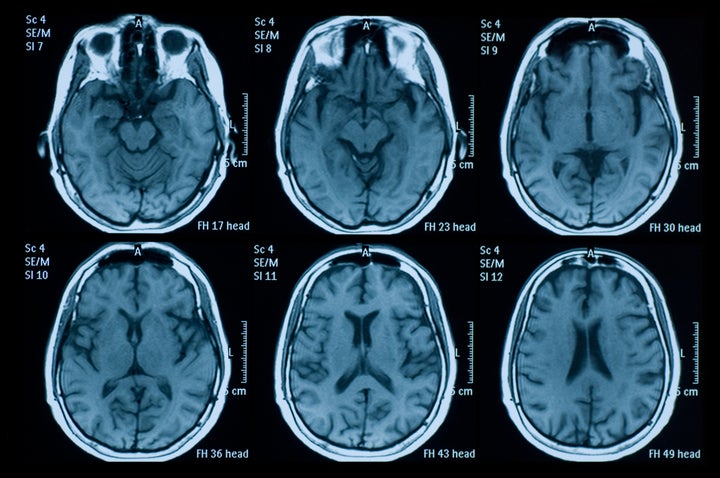Picture the scene – you’re asked to carry a suitcase across a border. In the first instance, you’re certain it contains drugs. In the second, you think it’s probably clean.
Intentionally committing a crime like this carries a longer sentence than acting recklessly with the risk that you might be committing a crime.
But it’s not always easy for a jury to distinguish between the two.
Now, researchers at Vanderbilt, Virginia Tech and Yale universities have discovered that brain scans can reveal a suspect’s ‘state of knowledge’.

In the study, forty participants were asked to decide whether to carry the aforementioned suitcase, while the probability that it contained drugs varied.
With the aid of brain imaging and machine-learning, the scientists were able to predict whether the participants knew the case contained drugs.
Despite the breakthrough, Read Montague, a computational neuroscientist at Virginia Tech, cautioned that the mental state of a defendant should not be reduced to brain data.
And ethics aside, it would be nearly impossible to pull off, given the scan would have to take place as the crime occurred.
“In principle, we are showing these brain states can be detected when the activity is taking place,” said Montague.
“Given that, we can start asking questions like, which neural circuits are engaged by this? What does the distribution look like across 4,000 people instead of 40 people?
“Are there conditions of either development, states of mind, use of pharmacological substances, or incurred injuries that impinge on these networks in ways that would inform the punishment?” Read asked.
The study is the first to prove that the law does reflect the way in which our brains work.
But it’s by no means the first to introduce machine learning into the law.
Last year, an AI was proved to predict the outcomes of cases at the European Court of Human Rights to a 79 per cent accuracy.
